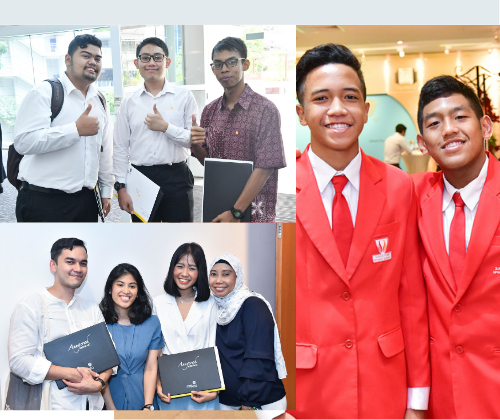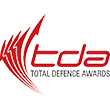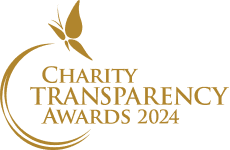What is TTFS?
How does the revised set of income eligibility criteria for TTFS differ from the current criteria?
Who is eligible for TTFS?
What does TTFS subsidise?
I started NUS in July 2017 and will be in 2nd semester in January 2018. Will I be eligible to apply for TTFS for my 2nd semester fees under the new income criteria?
I am a current TTFS recipient (enrolled in AY2017/2018). With the revised income criteria, can I reapply to get higher subsidy?
I am starting my first year in AY2018/2019. When can I apply for TTFS?
I have two races registered under the double-barrelled race policy. Am I eligible for TTFS?
Do I need to apply for TTFS every year throughout my course of study?
I do not qualify under the TTFS revised criteria as my monthly household per capita income (PCI) is above $2,000. My family still finds it financially challenging to fund my tertiary education. Are there other avenues which I can tap on?
What other schemes are available for students to tap on for educational assistance?
(English) I am doing my second diploma. Am I eligible for TTFS?
(English) I benefited from TTFS during my polytechnic study. I will be progressing into degree level at one of the government institutions. Should I reapply TTFS?
(English) If I am an existing applicant, how do I view my existing applications on MyMENDAKI portal?
Annex
List of National-Level Financial Assistance Schemes for Tertiary Education
- There is a wide range of financial assistance schemes offered by the Government, tertiary institutions, foundations and professional organisations, community groups and self-help groups. These include loans, bursaries and work- study schemes.
- The government financial assistance schemes available at the Approved Universities, polytechnics and SIT are listed below:
|
Scheme |
Application Eligibility |
Quantum per year [for polytechnics] |
Quantum per year [for publicly- funded universities ] |
|
Tuition Fee Loan (TFL) Scheme |
|
Up to 75% of tuition fee |
Up to 90% of tuition fee |
|
Study Loan (SL) Scheme |
|
Up to 25% of tuition fee plus living allowance of $2,000 per annum |
Up to 10% of tuition fee plus living allowance of $3,600 per annum |
|
CDC/CCC Bursary |
|
$2,350 |
$4,000 |
|
$2,150 |
$3,750 |
|
|
MOE Bursary |
|
$1,650 |
$2,700 |
|
$800 |
$1,350 |
Notes:
- All full-time subsidised diploma/degree courses at Approved Educational Institutes (AEIs) are also covered under the CPF Education Scheme, which can be used to pay up to 100% of tuition fees.
- Gross monthly household per capita income is defined as the total gross monthly income of immediate and non-immediate family members over the total number of immediate and non- immediate family members.

 English
English













